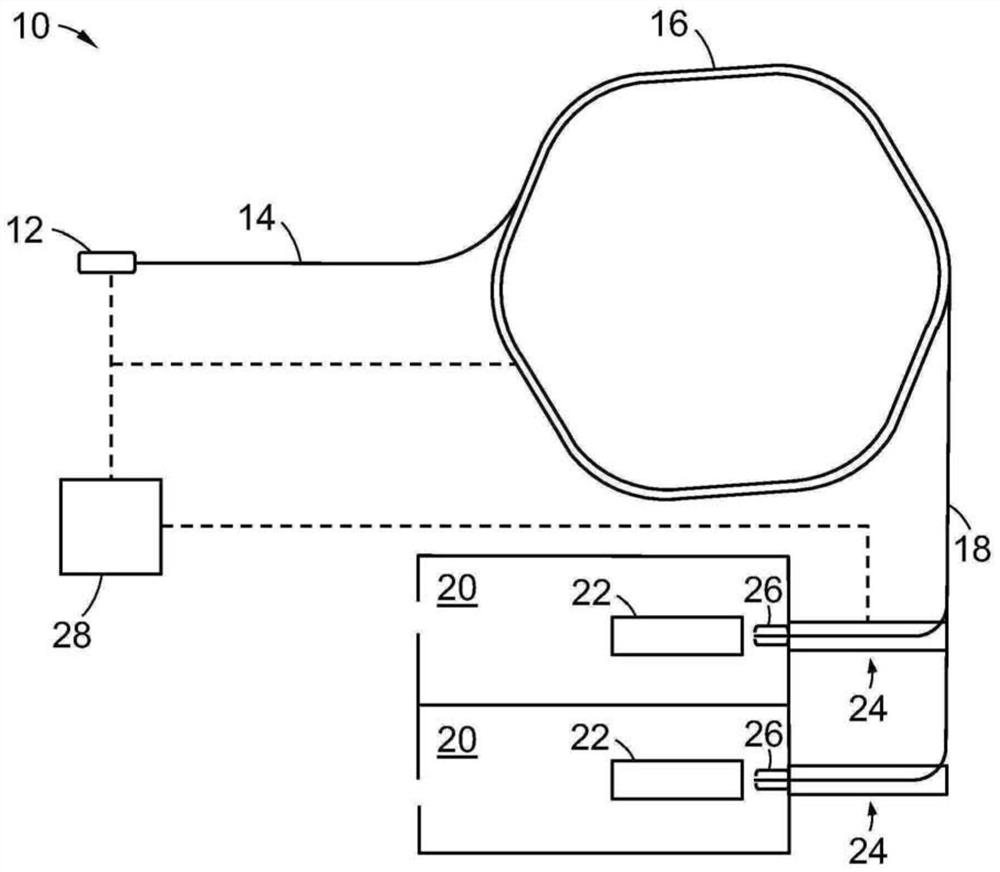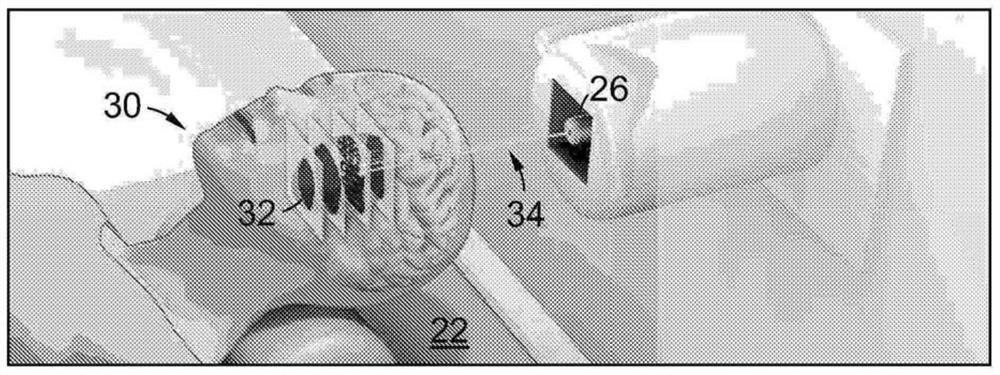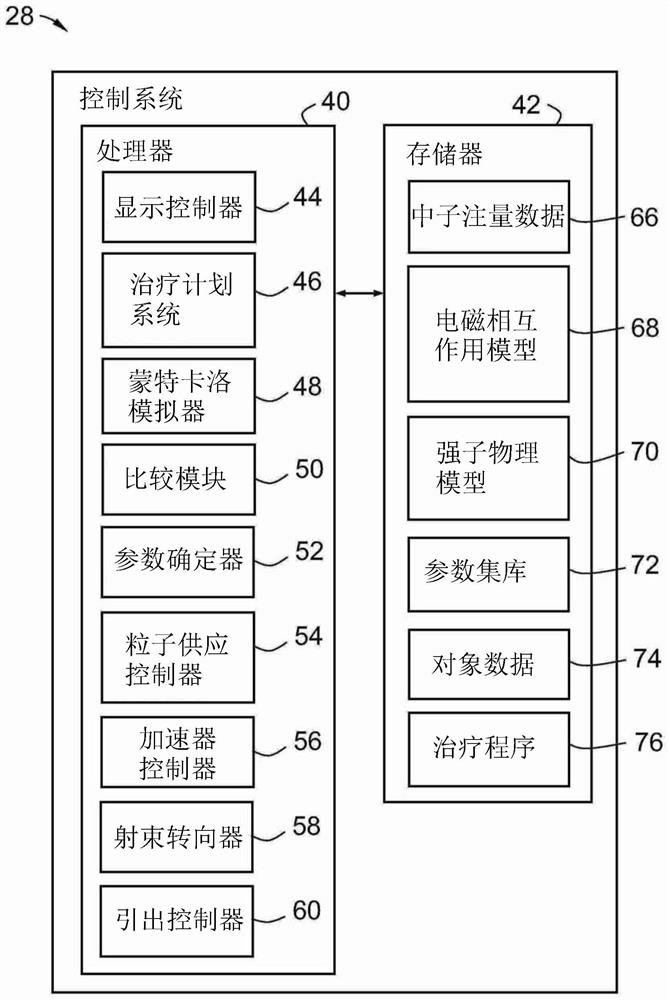An irradiation method and system
A technology of irradiation and target, applied in the field of irradiation methods and systems
- Summary
- Abstract
- Description
- Claims
- Application Information
AI Technical Summary
Problems solved by technology
Method used
Image
Examples
Embodiment 1
[0148] To demonstrate the feasibility of this approach, the generation of neutrons under proton or heavy ion irradiation and the generation of neutrons containing 10 The composition of B absorbs these neutrons. This is done to determine the neutron fluence produced by typical forms of proton or heavy ion irradiation, and therefore the applications for which this neutron fluence can be used.
[0149] I. Materials and methods
[0150] All Monte Carlo simulations were performed using the Geant4 toolkit (version 10.2.p03) [23, 24]. Electromagnetic interactions were modeled using the standard Geant4 physics option 3 model (G4EmStandardPhysics option 3), while the hadron physics models used in the simulations are listed in Table I.
[0151] Table I: Hadron physics models used in all simulations
[0152]
[0153]
[0154] Part B of I (below) examines the use of monoenergetic protons with different energies, 12 C and 16 Three-dimensional distribution of thermal neutron flue...
Embodiment 2
[0220] In a further embodiment, a similar set of simulations were performed. Significance was arbitrarily defined as an average 10% increase in intratumoral photon-equivalent dose due to administration of a non-toxic neutron harvester bolus (although it is contemplated that the method of present practice can be used with any desired dose-increase factor). To this end, for a simple simulated therapeutic proton / heavy ion therapy plan, the neutron capture agent concentration required to deliver a 10% increase in effective photon-equivalent dose was determined and compared with concentrations reported in the literature.
[0221] The first step is to evaluate the neutron fluence produced by the pencil beam at a point within the target volume. In a homogeneous PMMA target, four different energies are used to pair the proton beam and 12 A set of simulations were performed for this pencil beam of the C-beam. The dose and neutron fluence distributions are recorded for each simulation...
Embodiment 3
[0276] The approach of the foregoing embodiments was experimental testing. A series of proof-of-concept experiments were performed at the HIMAC facility in Japan to quantify the effective increase in biological dose that can be achieved in vitro. Cultured T98-G cancer cells adhered to the inner surface of T25 cell culture flasks were irradiated in carbon and helium ion beams in the presence and absence of practical concentrations of neutron capture agents.
[0277] Three frozen vials of the T98G (JCRB9041, human glioblastoma multiforme) cell line were purchased from the National Institute for Biomedical Innovation, Health and Nutrition, JCRB Cell Bank and used throughout the experiments.
[0278] Cells were revived and passaged twice before the experiment was started, and then 160 T25 flasks were inoculated with 5 mL of complete growth medium (DMEM+10% FBS). Place the flask at 5 ± 1% CO 2 Incubate at 37±1°C in an atmosphere.
PUM
 Login to View More
Login to View More Abstract
Description
Claims
Application Information
 Login to View More
Login to View More - R&D
- Intellectual Property
- Life Sciences
- Materials
- Tech Scout
- Unparalleled Data Quality
- Higher Quality Content
- 60% Fewer Hallucinations
Browse by: Latest US Patents, China's latest patents, Technical Efficacy Thesaurus, Application Domain, Technology Topic, Popular Technical Reports.
© 2025 PatSnap. All rights reserved.Legal|Privacy policy|Modern Slavery Act Transparency Statement|Sitemap|About US| Contact US: help@patsnap.com



